We have to admit that the first time we hear about a oil museum We thought it was a joke.
But no... it is something real and after visiting the museum located in the Norwegian city of Stavanger, we have realized that it is a very curious and interesting place
Very rarely do we have the opportunity to visit a museum dedicated to oil, and curiosity got the best of us.
Taking advantage of the fact that one of the most important in the world is located in Stavanger, in our most recent trip through the fjords of Norway We decided to visit it, and we have to admit that it was a great success.
Our knowledge of oil extraction is based solely on film references, with movies about the oil industry.
We were profoundly ignorant of the subject, but after visit the Norwegian Petroleum Museum in Stavanger, at least we now have a clearer idea.
All the information in detail
What to see when visiting the Stavanger Oil Museum
The museum is divided into several zones, each one dedicated to a part of the oil extraction process in Norway.
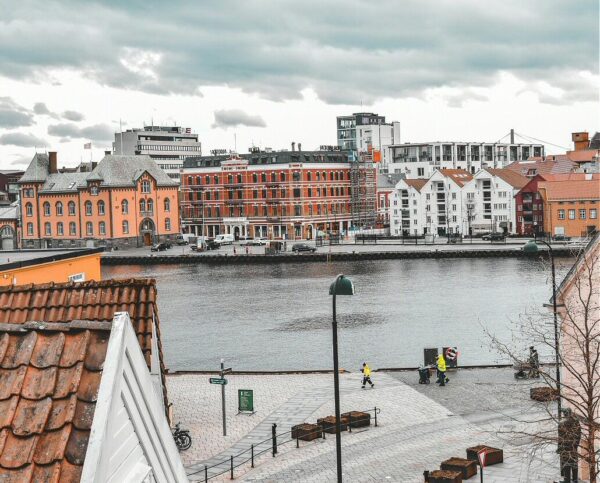
History of oil in Norway
The first area is dedicated to history of oil, first crude oil extraction that was done in Ecofis, and the development of the fund in view of the global need.
All of this starts with knowing how algae turns into oil and why there is gas and crude oil in the territory and surrounding waters of Norway.
There are many curious facts, but there is one very striking one, that since 1971 in Norway has been obtained oil and gas from more than 100 fields.
This makes you realize that Norway It has a large oil reserve, which has led the country to be one of the richest in the world.
Their strategy is to sell the crude oil they extract to other countries in the world, generating great profits, while at the same time supplying the population with renewable energy.
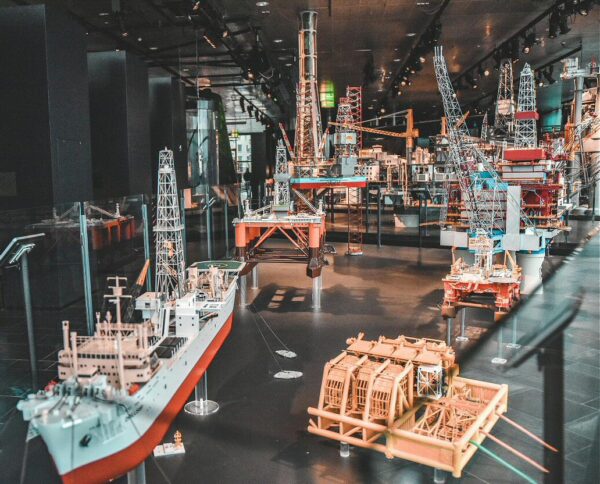
Oil extraction machinery
After understanding what oil is, in the Stavanger museum you can see all kinds of machinery for extraction.
From tricones and crowns for drilling all types of rocks, to the oil pipelines used for distribution throughout Europe.
An area of the museum where they have placed large mockups that show What are oil platforms like?, with its different models, such as those found in Statfjord y Troll.
But until now we have not talked about the human part in this entire process, a topic to which the next area of the museum is dedicated.
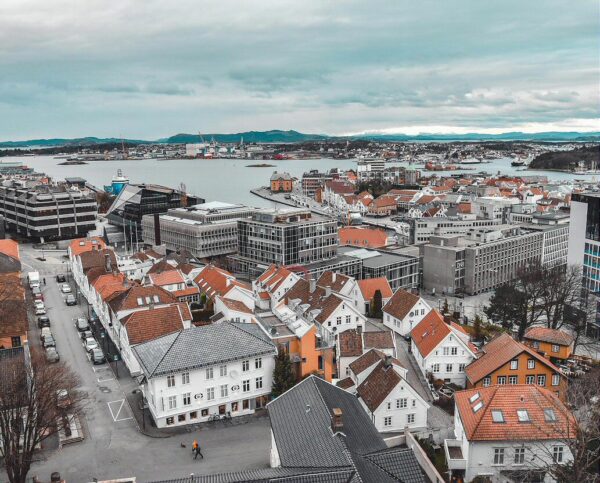
Diving bells and underwater vessels to work under the sea they make you see how dangerous extraction is, and why this activity has taken hundreds of lives.
As an example, it is very interesting to see the rescue capsules that are used on oil platforms in case of emergency, with different capacities of up to 50 people.
And for those of you who like museums where you can touch everything, here you are going to be amazed because, for example, you can ride at the controls of drilling machines, both the oldest and the most modern.
It is a museum designed for all audiences, since there in Stavanger It is a must see for all schools.
It is also perfectly adapted for people with special needs, since there are ramps everywhere.
ORGANIZE your TRIP
- Don't forget your TRAVEL INSURANCE with a 5% discount
- Book the HOTEL for your trip
- RENT a CAR for your trip
- The best TOURS and EXCURSIONS in Spanish
- NO-LINE TICKETS for museums and monuments
- Best FREE TOURS around the world
- Book your TRANSFER from the airport
- eSIM card with INTERNET at the best price
Stavanger Oil Museum opening hours
The Norwegian Petroleum Museum opening hours in Stavanger They are, in summer, from June to August, from 10 a.m. to 19 p.m.
The rest of the year you can visit the museum from Monday to Saturday, from 10 a.m. to 16 p.m., and on Sundays, from 10 a.m. to 18 p.m.
The Stavanger Oil Museum ticket prices They are, for the general population, 13,40 euros, and for children, students and pensioners, 6,70 euros.


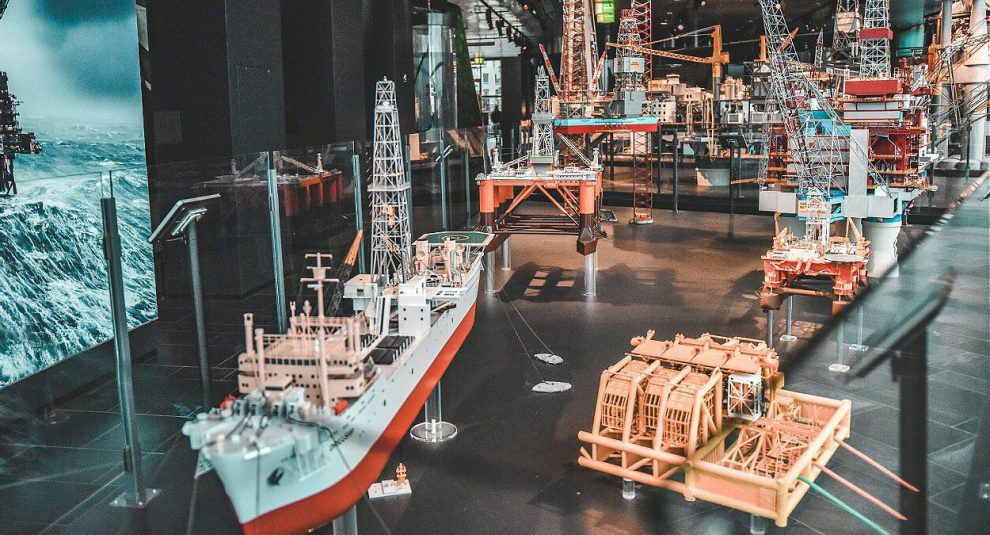
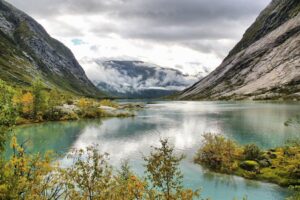













Comment